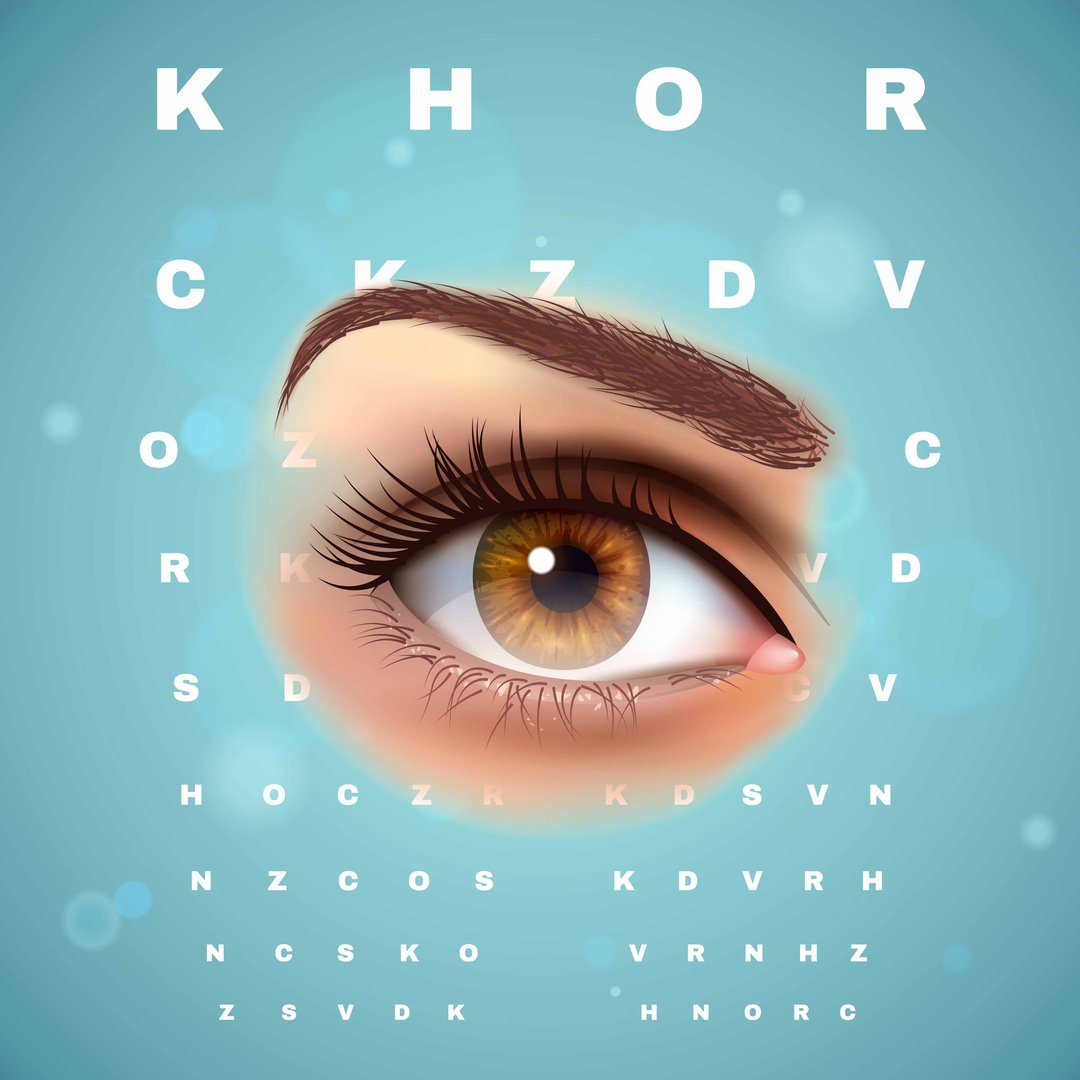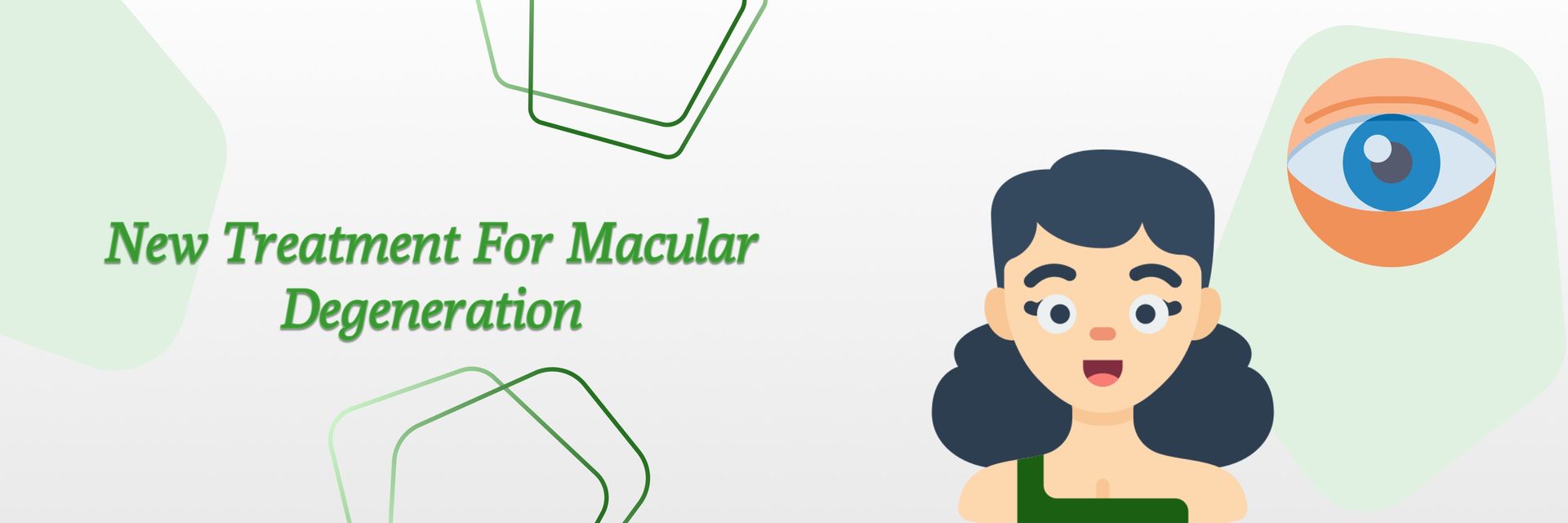Cataract refers to your eye’s natural lens becoming cloudy. If you have cataracts, your vision will be hazy or blurry. According to WHO, uncorrected refractive errors and cataracts are the leading causes of vision loss and blindness. It is a prevalent condition affecting millions of people.
In 2020, an estimated 15.2 million people aged 50+ years were blind worldwide, and a further 78.8 million had MSVI due to cataracts. There has been an increase of 29.7% in cases of cataract blindness and 93.1% in cases of MSVI since 2000. Among the GBD super-regions, South Asia had the highest cataract blindness and MSVI burden in 2020. Around 12 million people in India have a visual impairment. Out of them, 66.2% constitute patients with cataracts.
Surgery is the only treatment for cataracts. The natural lens is substituted during surgery with an artificial or intraocular lens (IOL). These lenses are primarily monofocal. However, there has been a breakthrough innovation in cataract treatment. FDA approved the world’s first non-toric, extended depth of focus IOL - the IC-8 Apthera IOL for cataracts. The latest cataract surgery is approved for 82% of cataract patients.
Though monofocal lenses give excellent distance vision, they blur the objects up close. Until now, most cataract patients received a monofocal IOL at the time of surgery. Ophthalmic device firm AcuFocus received FDA approval in July 2022 for its breakthrough IC-8 Apthera IOL.
With the invention of IC-8 Apthera IOL, cataract patients will get excellent distance vision and clear intermediate and near vision. This is possible because of the small aperture technology in IOL that allows only focused light to reach the retina. These lenses have the full potential to mitigate the effects of presbyopia.
The FDA approval for IC-8 Apthera IOL is based on the data of AcuFocus’ U.S. Investigational Device Exemption (IDE) study. It is the world’s first non-toric extended depth of focus IOL. 82% of cataract patients with corneal astigmatism of as much as 1.5 diopters (D) are approved for this new cataract treatment.
More details about AcuFocus’ U.S. Investigational Device Exemption study
The approval for Apthera IOL is based on AcuFocus’ U.S. IDE study. The study comprised 453 subjects. Apthera IOL was implanted in one eye of the subjects. The other eye was implanted with monofocal or monofocal toric IOL. The study was for 12 months.
The eyes treated with Apthera IOL maintained 2 D of extended depth of focus. Further, those eyes had a vision benefit of 0.91 D additional range over monofocal IOL eyes. In the Apthera IOL arm, participants experienced equal uncorrected distance vision and clear up close vision compared to monofocal IOL subjects.
AcuFocus will begin rolling out a limited commercial supply of Apthera IOL in the U.S. in the latter half of 2022. While there is no latest cataract treatment without surgery, the innovation of Apthera IOL brings hope to the life of millions.
References:
https://www.ophthalmologytimes.com/
https://www.healio.com/news/ophthalmology







